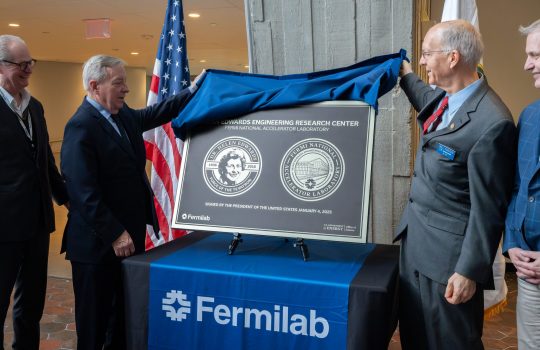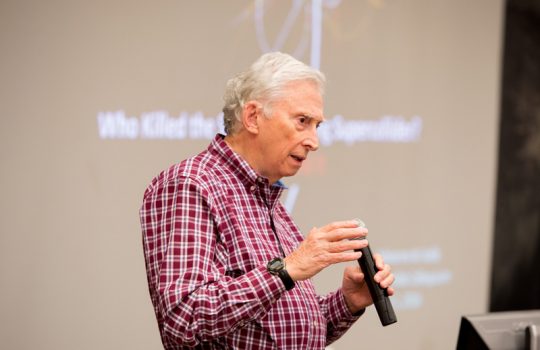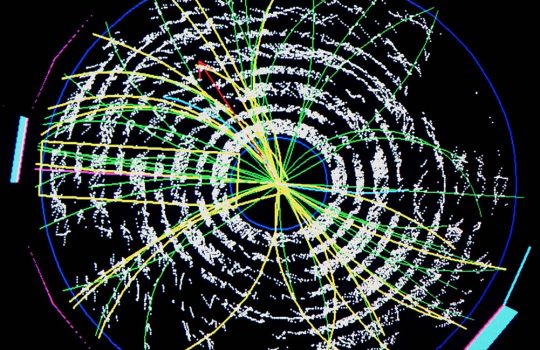Fermilab dedicates new state-of-the-art building honoring scientist Helen Edwards
Fermilab’s newest leading-edge research building, named after renowned accelerator physicist Helen Edwards, was dedicated today in a formal ceremony with DOE, state and local officials. The newly-dedicated research center serves as a collaborative hub for engineers, technicians, scientists and experts from across the lab as Fermilab enters a new era of research.



